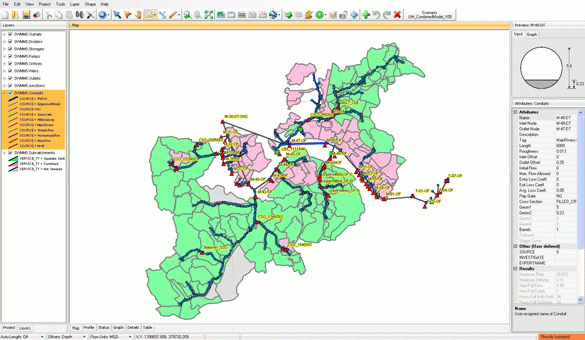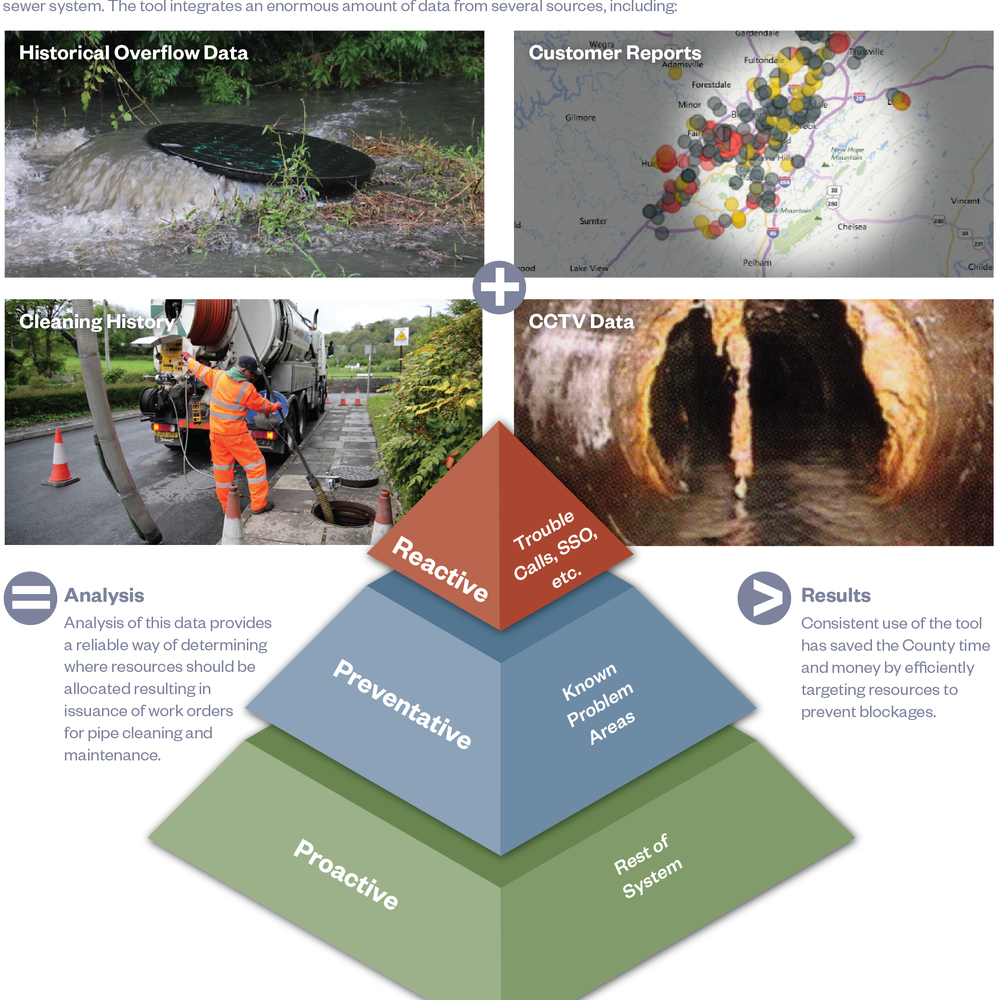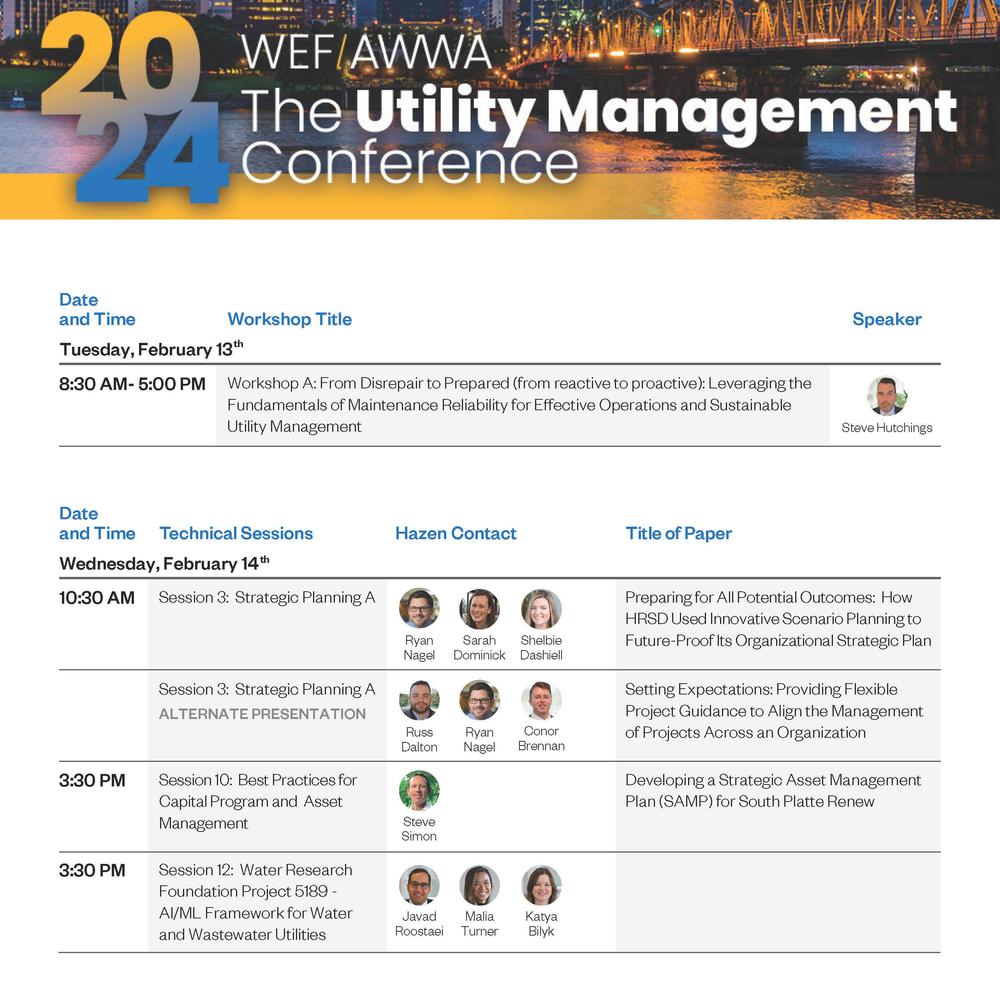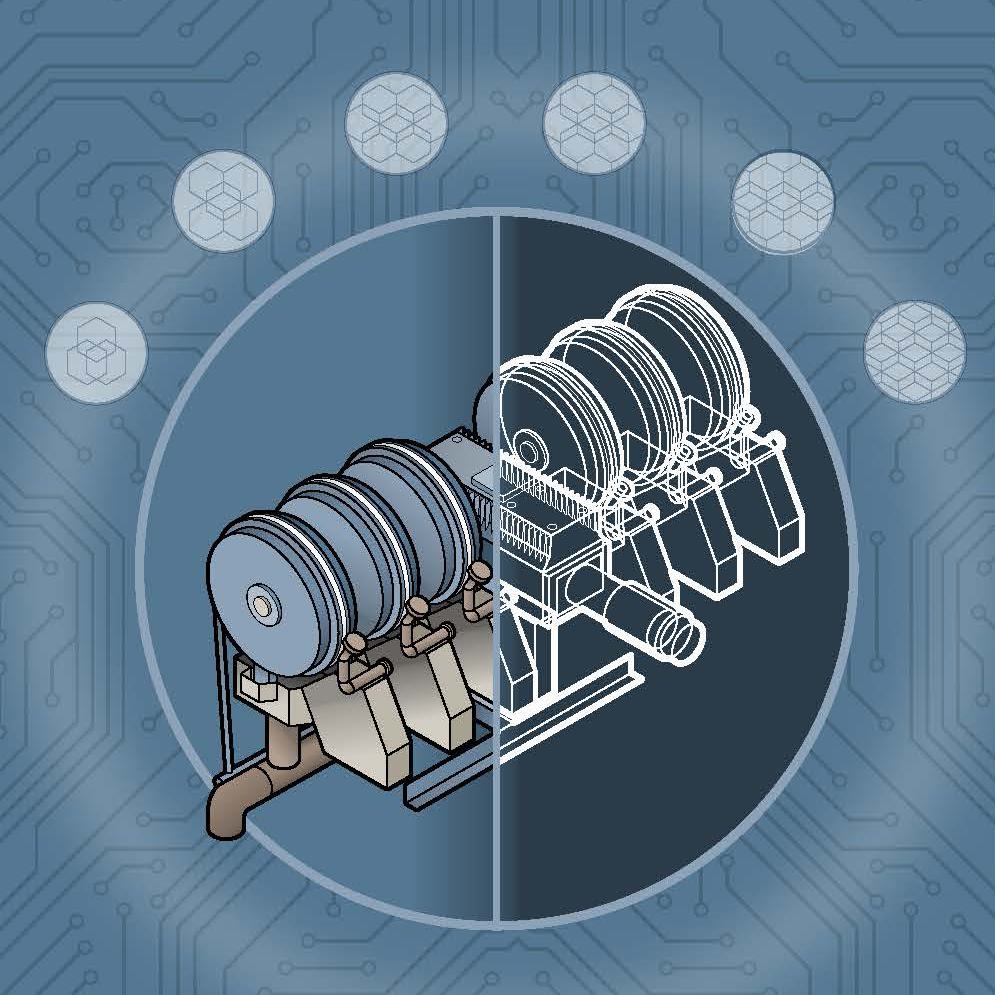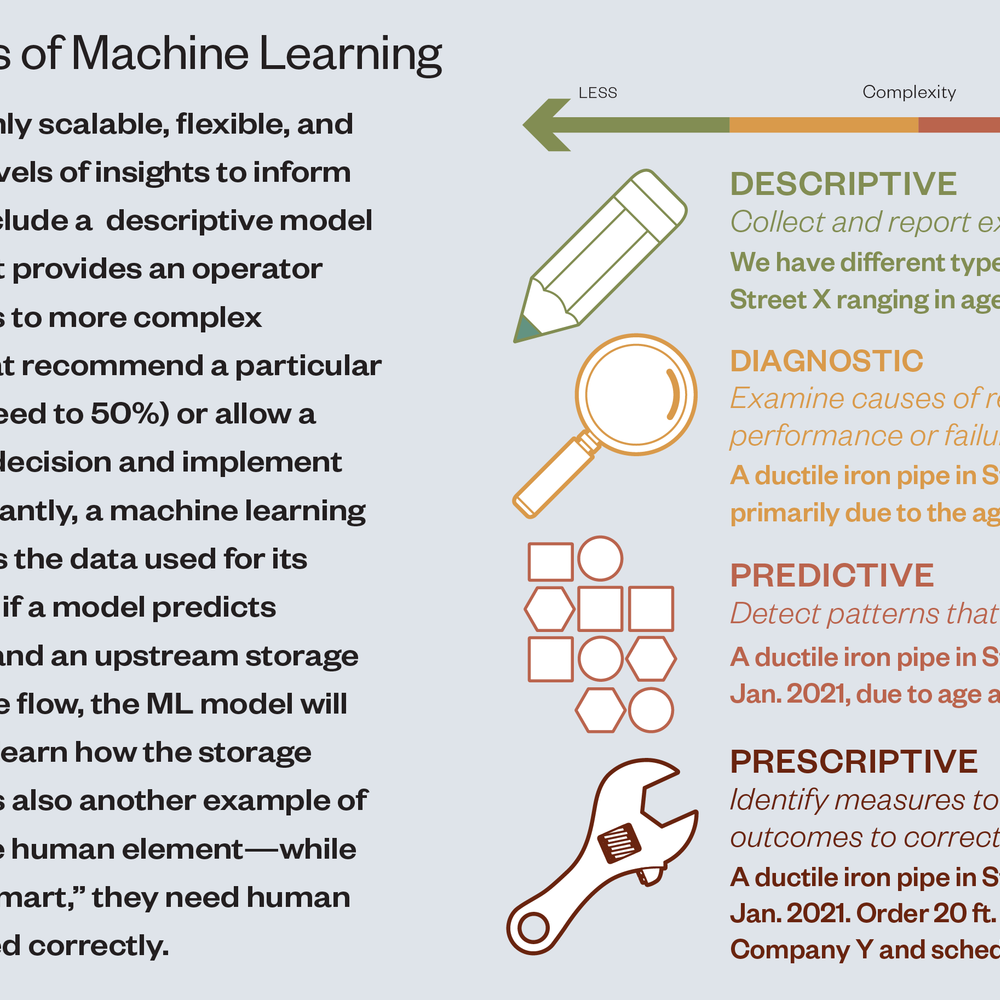Assessment and Improvement of Water/Wastewater Systems in Peru
Financing for the project has been arranged through three sources: KfW Entwicklungsbank; Japan International Cooperation Agency (JICA); and the World Bank.
The water distribution system consists of nearly 600 km of mains and 64,000 service connections, and is comprised primarily of asbestos cement pipe with an average age of more than 40 years. Large portions of the system experience discontinuous service, and unaccounted-for water losses have been estimated at levels exceeding 40 percent.
The wastewater collection system consists mainly of unreinforced concrete pipe of ages comparable to those seen in the water distribution system, and includes approximately 400 km of mains, 4,000 manholes, and 43,000 service connections. Advanced corrosion, as well as structural deterioration and failure, are widespread among the wastewater mains and manholes. Many areas of the system are also subject to surcharges, overflows, and settlement that undermine the overlying roadways.
Hazen and Sawyer’s role is focused primarily on the condition assessment of existing water and wastewater buried infrastructure, and development of recommendations and specifications for rehabilitation or replacement as warranted.
The project was initiated with the development and updating of water and wastewater system atlases. Both piping systems were analyzed and characterized geographically based on age, pipe material, break and leak history, depth of cover, and the presence of other indications of potential pipe defects such as roadway settlement or, in the case of wastewater, surcharges and overflows.


The wastewater collection system was then assessed using visual methods in which each manhole was inspected and the connecting pipes were photographed and given condition ratings. Specific pipes were also identified for closed-circuit television inspection. This was done particularly in cases where excavated replacement would cause extreme disruption to traffic and businesses - the overall condition and alignment of these pipes required assessment to determine the feasibility of trenchless methods such as pipe bursting or lining.
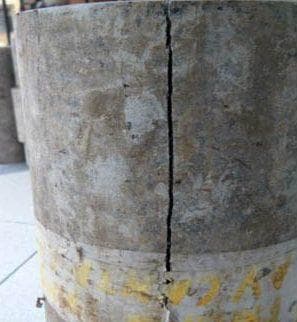
Based on the wastewater collection system evaluation work, approximately 70 percent of pipes and manholes have been characterized as having failed or reached a sufficiently deteriorated condition to warrant replacement. Excavated replacement has preliminarily been identified as the most cost-effective and technically feasible method for the majority of areas, although trenchless methods (primarily pipe bursting) are also being specified for some sections of the City where the “social costs” of excavated replacement are viewed as unacceptably high.

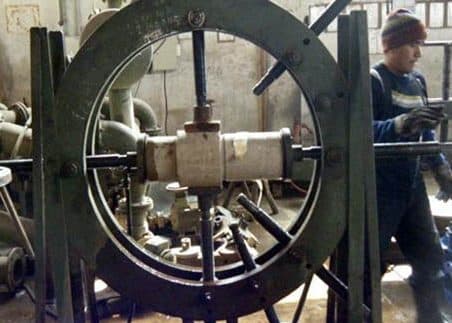

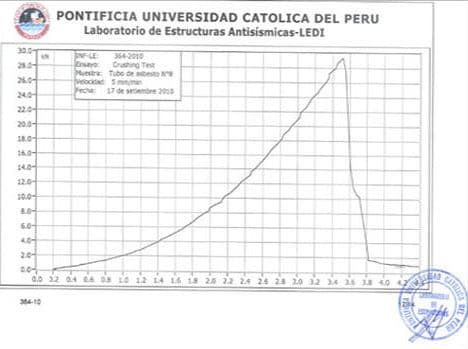
The condition of the water distribution system was assessed through a variety of procedures:
- Detailed desk-top analysis concerning the geographic density and distribution of breaks and leaks.
- In-situ pressure testing of mains at pressures exceeding those planned for future operation.
- Extraction of samples (with and without unions) for laboratory tests of ability to withstand internal hydrostatic pressure as well as external compressive loads.
- Assessment via a penetration test and pH-based phenolphthalein staining procedure to identify areas affected by leaching of calcium hydroxide, which corresponds to a loss in the structural properties of the pipe.
The water distribution system evaluation work found that despite extensive deterioration and leaks in the corporation stops, piping, and meters comprising the service connections, the majority of mains remain in good condition. While mains will also be recommended for replacement in some of the oldest areas having more extensive occurrences of breaks and leaks, the study has concluded that the much greater expense associated with replacement of all mains is not warranted.
Project Outcomes and Benefits
- Analysis of the water and wastewater systems including the populations served, current and future flow requirements, hydraulic modeling, and the condition of existing buried infrastructure.
- Definition of requirements for sectorization as well as rehabilitation and replacement of existing infrastructure.
- Development of designs and bid documents for sectorization as well as rehabilitation and replacement of existing infrastructure.
- Supervision of construction.











